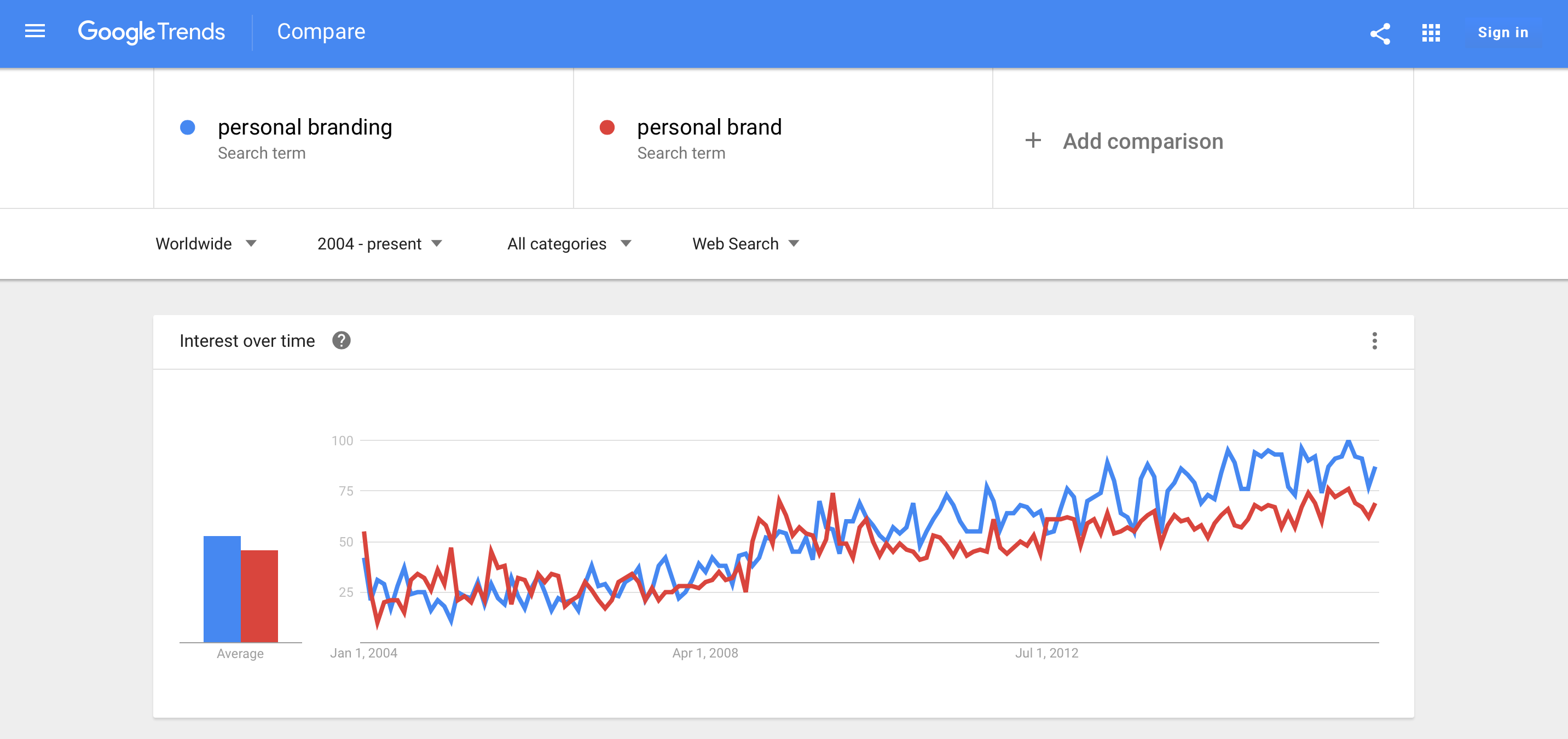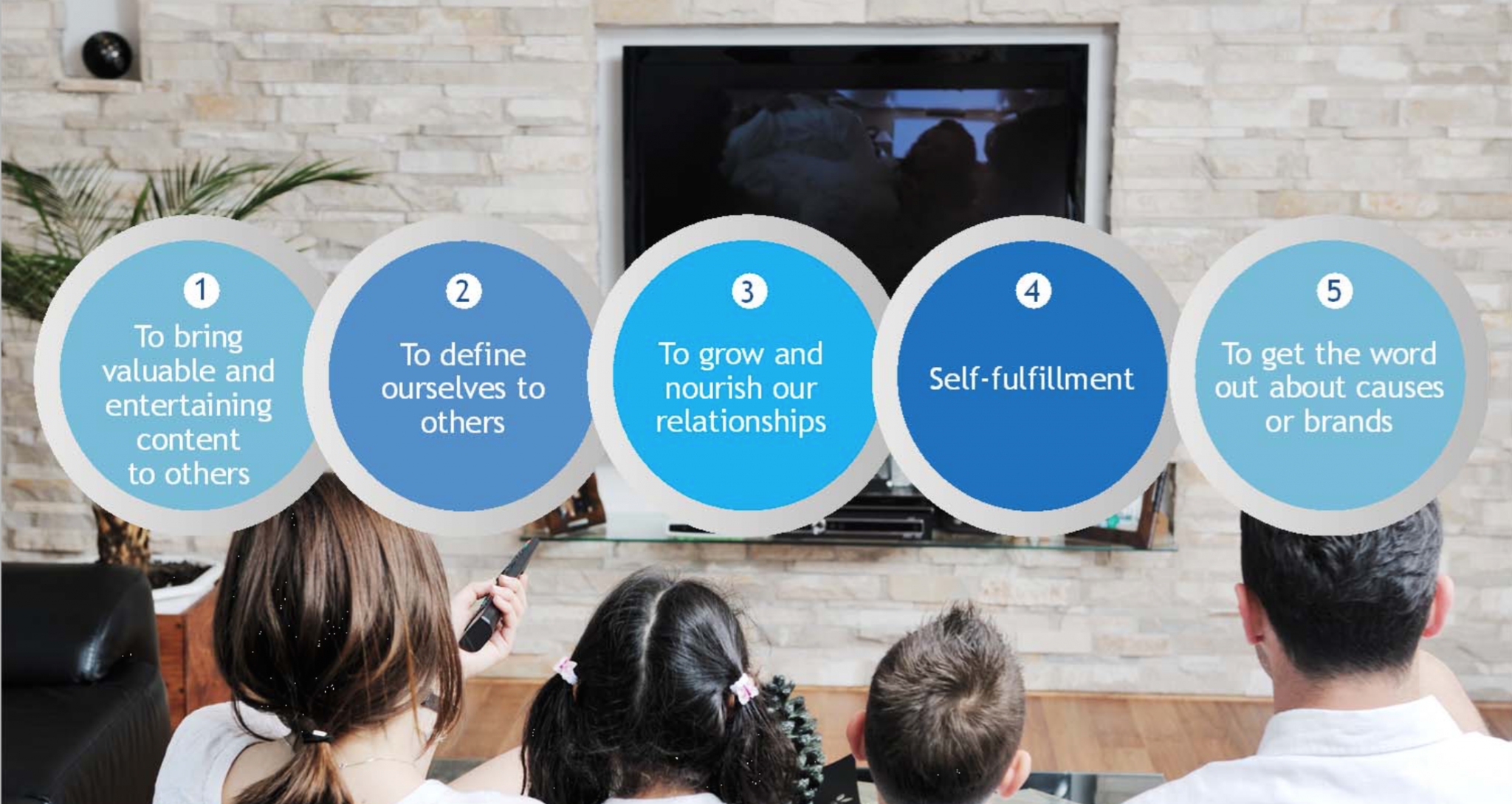There is no point in creating blog content that no one wants to read, comment on, or share — especially if you’re blogging for business. If your blog has a purpose (e.g., grow personal brand awareness, showcase company thought leadership, etc.) then it’s important that the content you create catches the right attention and is worth reading.
Here are a few tips to keep in mind when you’re creating content for your blog:
1. Understand your audience persona(s).
In order for a blog content to be worth reading, it has to be relevant. To be relevant, you need to define who you are talking to (your target audience). Your mind could be chockfull of great ideas or insights that could blow their minds, if only you created relatable content.
The best way to understand your audience is to learn about their concerns. Adopt a conversational tone and as you would talk to someone sitting or standing across from you.

When you can clearly define your target audience, you can start developing their personas. “A marketing persona is a composite sketch of a key segment of your audience. For content marketing purposes, you need personas to help you deliver content that will be most relevant and useful to your audience.”
Insider tip: Create an emotional connection by telling stories. If your target audience is young mom’s, take the tone and jargon of another young mother, or an expert in child psychology or family wellness. Interview young mothers to hear how they speak about their concerns and challenges and use that same style, tone and terminology to connect in a more relevant way.
2. Identify and analyze their pain points.
Now that you have created your audience persona(s), it’s time to define their problems. “All things being equal, the more acute the pain or problem, the more likely it is that you’ll be able to offer a compelling solution. The more compelling the solution, the more quickly the customer will pay.”
And keep in mind that “Many customer needs are for things the customers themselves don’t fully understand or articulate. Why buy an iPod instead of a less expensive MP3 player? Why drive a Lexus instead of a Toyota? Why pick one brand of artificially sweetened carbonated beverage over another one? Usually the answers to these questions have less to do with features than with image, feelings and intangibles.”
Insider tip: You can perform keyword research with tools like Google Trends to see if a topic you are considering is trending. Keyword research, and the results we see, drive everything we do online. “Once you’ve created your list of keywords using Google Analytics and Webmaster Tools, and have refined it in Google AdWords, you can use Google Trends to help confirm your choices — and maybe find a few new ones.”
For example, enter and compare similar terms “personal branding,” and “personal brand” — “personal branding” is the clear winner and has increased in popularity over time.

3. Offer pragmatic and shareable tips.
It is not enough to know their problems, however. Offering simplistic solutions is key. Giving your audience a way to share your solutions with their tribe. Ask yourself, “Would I want to share this?” And if so, “Why would I?” This is where the psychology of sharing comes into play. NYTimes Insights research suggests that sharing is all about relationships.

Insider tip: Quote and link to experts or statistics to boost content credibility. Share interviews with relevant personalities. For better social media traction, make sure your content is easy to share with tools like Click to Tweet for Twitter. Also you can use tools like Followerwonk, Klout, and Commun.it to identify influencers, build relationships and feature them; making them more likely to share and feature your content.
4. Don’t forget about visual content.
People are visual creatures, and a picture or video really does paint a thousand words when used correctly. Infographics is also a great way to make boring statistics more interesting. You can link to an existing infographic, or you can create your own. Visual content can also help improve your search rankings.

Insider tip: If you have little to no experience in graphic or multimedia design, you can use free tools like Canva or Animoto to create stunning graphics or videos.
5. Create magnetic headlines.
The title (or headline) of your content is the first thing people see, and in most cases, the only chance you have to catch their attention.
With so much content competing for the same slice of the pie, you cannot afford to miss that chance. Studies show that around 2 million blog posts and over 864 thousand hours of video are created daily and with that staggering number, being ho-hum is not an option.
Insider tip: Create a first draft of your title and refine it as you go. Use CoSchedule’s Headline Analyzer to check if your title gets a passing grade. You can also check their list of power words while you’re at it.
6. Add a personalized touch to your blog.
People engage more when they feel you are talking to them rather than at them. Making side comments, talking about your own experiences, and posting photos and videos that say, “Yeah, I’m human!” is a very effective way to boost content involvement.

Insider tip: Use creative tools like Storybird to tell your personal stories and QuotesCover to turn otherwise ordinary text to beautiful quote images, which you can also share via social media.
7. Proofread your content before you publish it.
With all that effort to make your blog content catchy, it would be really sad (and so unnecessary) to ruin it all because you forgot to check for spelling mistakes and grammatical gaffes.
Insider tip: Find a good freelance content editor or proofreader. You can also use tools like Grammarly, a free writing app makes sure everything you create is easy to read, effective, and mistake-free.
8. End with a clear call to action to increase engagement.
You might have created the most interesting and visually appealing blog post, but everything will be for naught if there is no call to action (CTA).
At the end of your content, your readers should know what you expect them to do next. Do you want them to subscribe to your company blog, connect with you on a specific social media account, or share insights in your comment section? Provide a clear call to action and see the engagement in your blog increase.
Insider tip: Make sure to follow through. If your audience did post a comment or ask questions, make sure that you reply. Remember that this is a customer touch point and being responsive to your audience will score your brownie points.
The most important thing to remember about creating catchy blog content is that it is not about you. It is about your audience. If you always keep that in mind and aren’t too proud to ask for help, you are sure to hit on a riveting recipe for compelling content.
This article has been edited and condensed.
Joan Selby is a content marketer at Edugeeksclub.com. Former CalArts graduate and fancy shoelover. A writer by day and reader by night. Giving creative touch to everything. Connect with @joan_selby on Twitter.
© YFS Magazine. All Rights Reserved. Copying prohibited. All material is protected by U.S. and international copyright laws. Unauthorized reproduction or distribution of this material is prohibited. Sharing of this material under Attribution-NonCommercial-NoDerivatives 4.0 International terms, listed here, is permitted.













